How to Choose Living Room Furniture: The Ultimate Guide

The living room is the heart of any home, a place where friends and family gather to relax, entertain, and enjoy each other’s company. But designing this space can feel overwhelming with the abundance of choices out there. Here’s a comprehensive guide to help you choose living room furniture that reflects your personality, fits your space, and serves your needs.
Understanding Your Living Room Space
Get out the paper and your favorite pen. It's time to start planning your new living room. Knowing the dimensions is crucial because you’ll want to pick pieces that fit well. In a spacious room, a large sectional sofa can feel welcoming, but in a smaller space it can look overcrowded. Therefore, please neasure your walls, floor space, and ceiling height to get a clear idea of what furniture will work.
Consider areas where people frequently walk or gather. Arrange furniture to ensure that pathways are clear, creating a flow that feels natural. This will help make your space both functional and welcoming.
Deciding on Your Favourite Living Room Style
Deciding on a style sets the foundation for your living room’s design. Do you prefer the clean lines of a modern style or the classic look of traditional furniture? Picking a style will make choosing individual pieces easier and help you create a cohesive look.
While consistency is key, mixing styles can add depth and character to your living room. Pairing a vintage coffee table with a modern sofa can give your space a unique and curated feel. Just be sure to balance the look so that it doesn’t feel too chaotic.
Prioritizing Functionality of Your Living Room Furniture
Consider choosing pieces that serve multiple functions, especially if you’re working with limited space. Sofas with hidden storage or coffee tables that double as desks can help make the most of your living room.
If you have children or pets, look for durable furniture that can withstand wear and tear. Stain-resistant fabrics, rounded edges, and easy-to-clean materials will help keep your space looking fresh and safe for everyone.
Budget Planning for Living Room Furniture
Set a budget before you start shopping. Knowing how much you’re willing to spend will help narrow down your choices and prevent overspending. Remember to leave a little extra for decor and finishing touches!
Some furniture items, like a sofa or a coffee table, are worth investing in. These are pieces you’ll use daily, so prioritize quality over quantity for these essentials. Less-used items, like side tables or decor, can be purchased at a lower price point.
Essential Living Room Furniture You Must Have
Choosing the Right Sofa
Your sofa is likely the biggest investment in your living room, so take time to choose the right one. Here are some things you should consider.
Size and Shape: Choose a sofa that fits comfortably in your space. Sectionals work well in large rooms, while loveseats or two-seaters fit smaller areas.
Material and Comfort: From leather to fabric, choose a material that suits your lifestyle and is comfortable to lounge on.
Selecting the Perfect Coffee Table
A coffee table is both functional and a key style piece.
Shape and Size Considerations: Make sure the coffee table’s shape complements your seating arrangement. Round tables add flow, while rectangular ones can anchor a more structured look.Storage Options: Look for tables with drawers or shelves to store magazines, remotes, or books.
Accent Chairs and Additional Seating
Adding extra seating, like accent chairs, can make your living room feel complete.
Finding the Right Fit: Accent chairs should be easy to move and comfortable for guests.
Style and Fabric Choices: Select colors and fabrics that either match or complement your sofa for a unified look.
Media Consoles and TV Stands
Choose a media console that fits your TV and has enough storage for devices, games, or decor. Opt for a unit that’s both practical and matches your room’s aesthetic.
Bookcases and Shelving Units
Shelving units offer additional storage and display space for books, decor, or plants. Choose styles that don’t overwhelm the room, and keep shelves neat to avoid clutter.
Creating a Cohesive Look with Color and Texture
Color Coordination Tips
Stick to a color scheme that ties the room together. Neutral bases can be layered with bold colors in pillows or artwork to add personality without overpowering the space.
Adding Textures with Accessories
Mixing textures—like a wool rug, velvet pillows, or a leather chair—can add depth and make your living room feel cozy and inviting.
Optimizing Lighting for Ambiance and Function
Layered Lighting Approach
Combine ambient, task, and accent lighting to create a warm and inviting atmosphere. A mix of floor lamps, table lamps, and overhead lights can set the right mood and make the space functional.
Task Lighting vs. Ambient Lighting
Consider both task and ambient lighting based on how you use the room. For instance, place a reading lamp by your favorite armchair or hang a pendant light above the coffee table for overall illumination.
Adding Personality with Accessories and Decor
Pillows, Throws, and Art Pieces
Add personality with throw pillows, blankets, and artwork that reflect your taste. These pieces are easy to switch out when you want a fresh look.
Greenery and Indoor Plants
Plants add color and life to a room. Choose low-maintenance plants if you’re short on time or space, or try faux plants for easy upkeep.
Conclusion
Choosing living room furniture is an exciting process that combines practicality with creativity. By measuring your space, setting a budget, and considering both function and style, you can create a living room that reflects your personality and meets your needs. With the right choices, your living room can become a welcoming space for you, your family, and your guests to enjoy.
FAQs
What’s the best size for a living room sofa?
The best size depends on your room dimensions. Make sure there’s enough space for walkways and other furniture.
Can I mix different furniture styles?
Absolutely! Mixing styles can add depth, but aim for balance to keep the look cohesive.
How much should I budget for living room furniture?
Budget based on priority pieces, such as the sofa and coffee table, and spend less on decor or less-used items.
How do I choose the right rug for my living room?
Select a rug that fits your seating area and anchors the space by fitting under the front legs of your main furniture.
What’s the most important factor in choosing a sofa?
Comfort and size are key. Choose a sofa that fits your lifestyle and complements the room’s design.





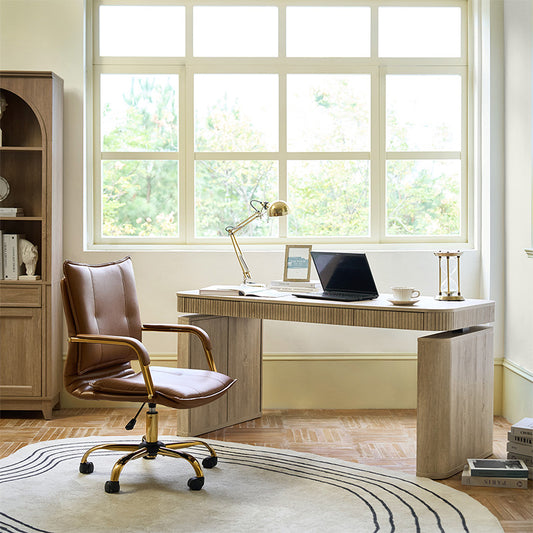
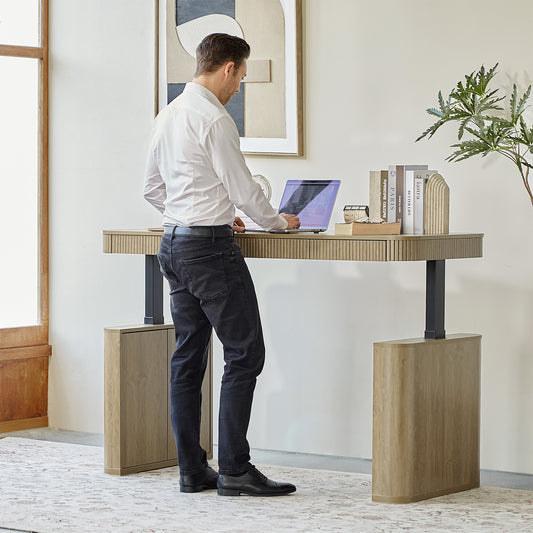
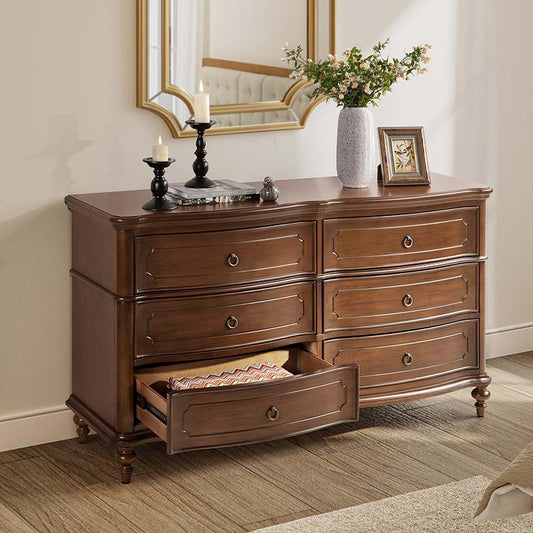

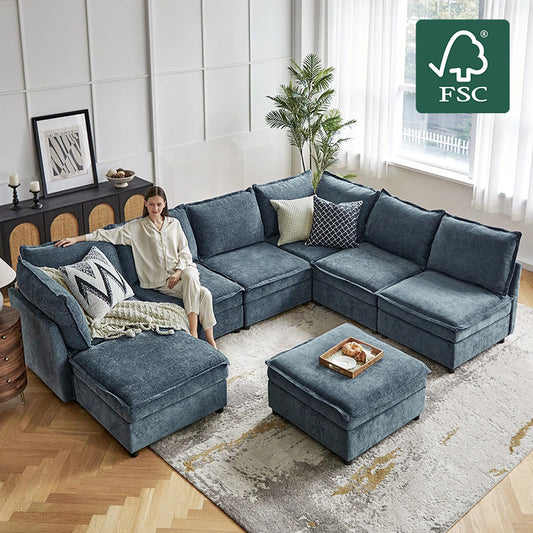
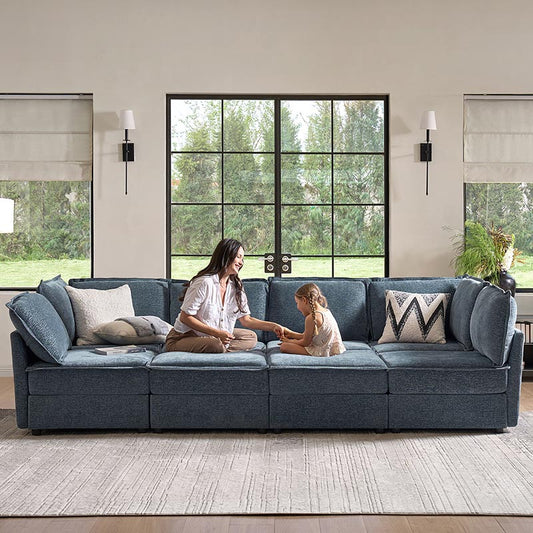
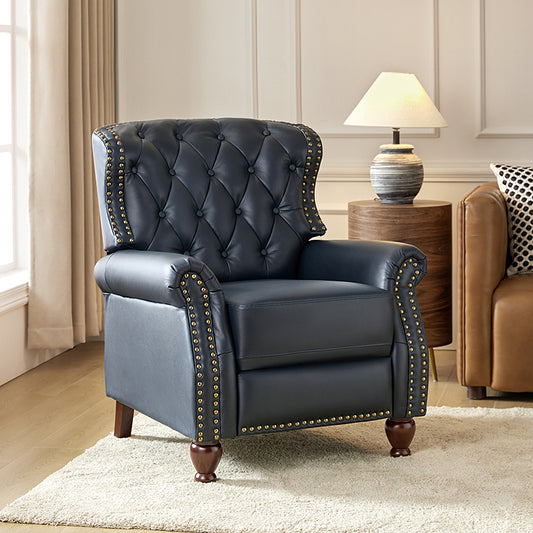
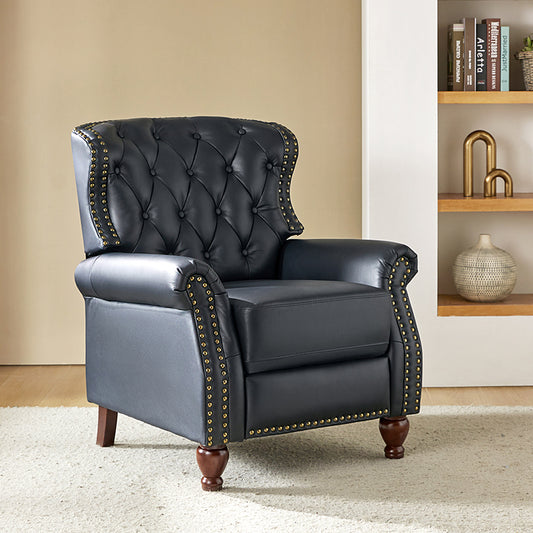
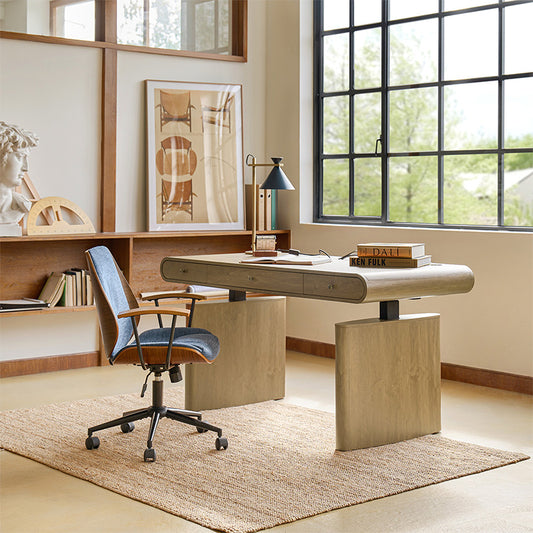
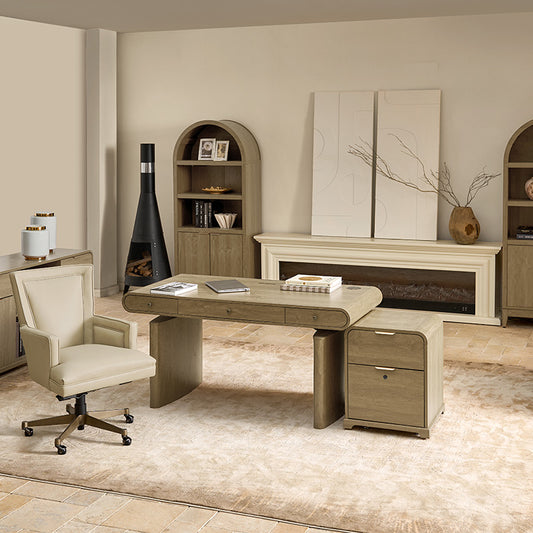
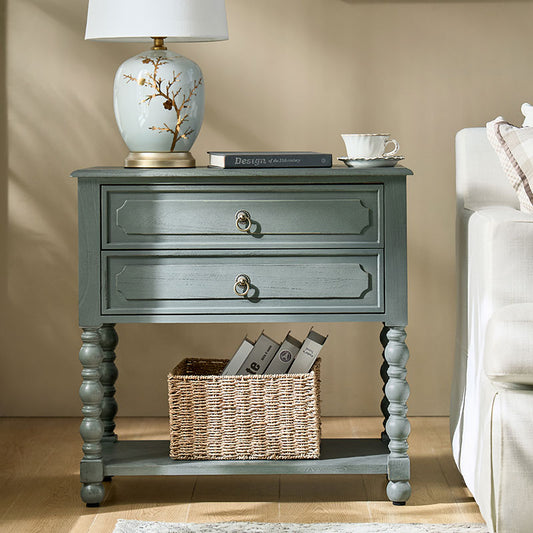
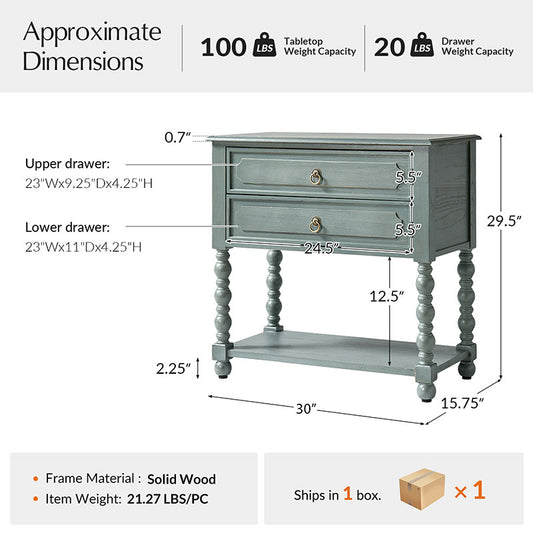
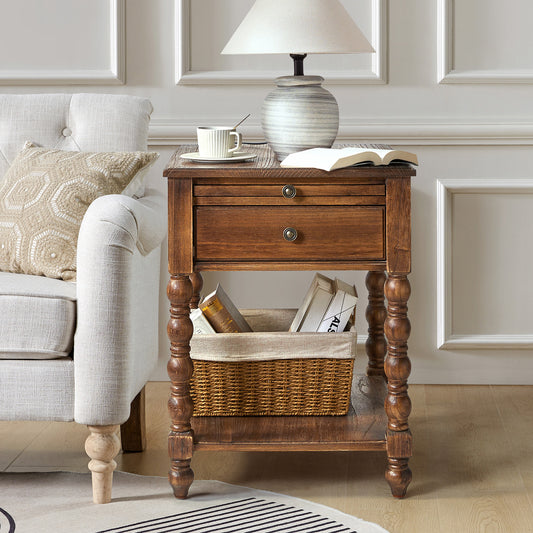

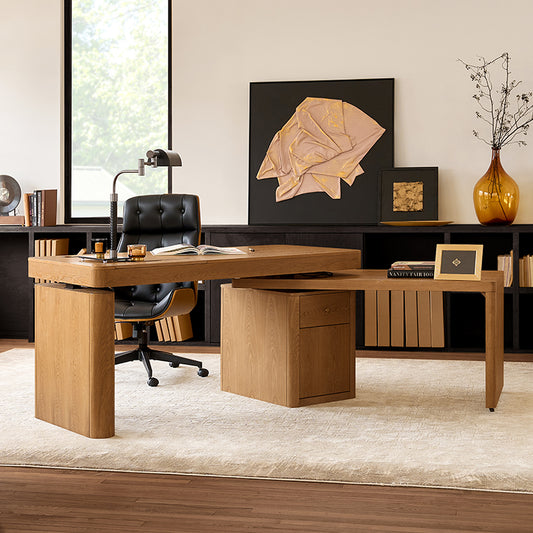
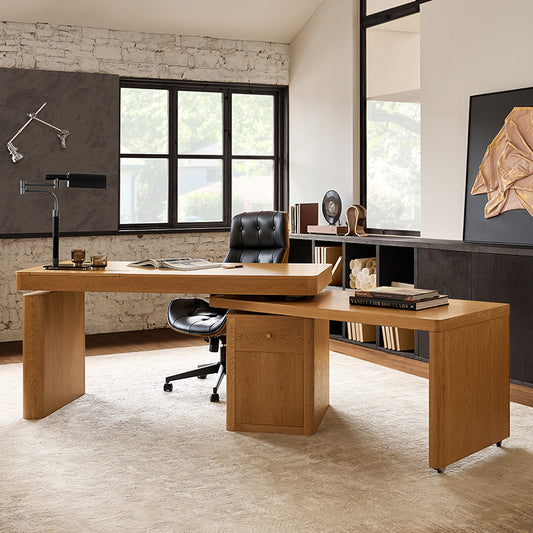









No comments